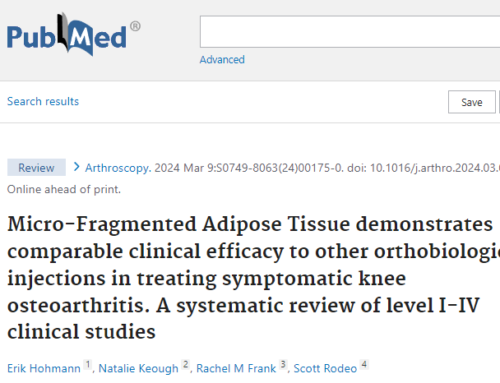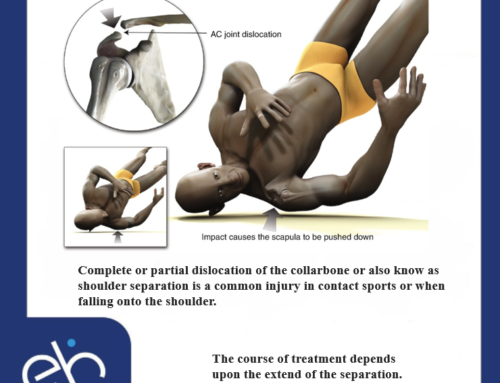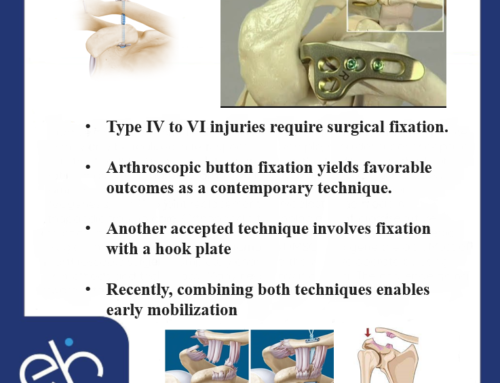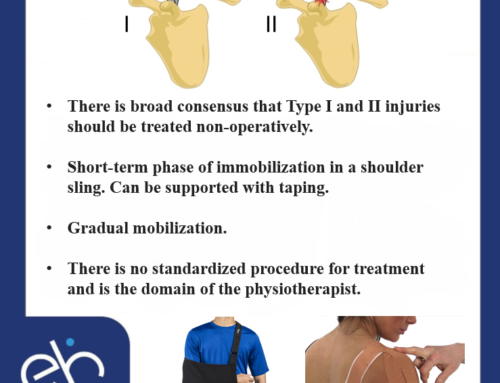Meniscus tears should be repaired if possible. The meniscus is one of the important structures in the knee to attenuate shock and loads and all tears should be repaired if possible to maintain as much meniscal tissue as possible. However, a new study has shown by Espeijo-Reina at al. published in this month edition of Arthroscopy (Esepjo-Reina et al. Arthroscopy 2019, March 35 (3):857-863) that only 35% of all tears are repairable. If the tears are associated with an ACL injury nearly half of all tears can potentially be repaired. This fact is a strong and convincing reason to reconstruct ACL tears with concomitant meniscus injuries early. What is somehow disappointing is that after a minimum of 13 years the overall failure rate of repair was 42%. Complex tears had a failure rate of 80%, bucket handle tears a failure rate of 47% but repairs of simple tears only failed in 18% (Hagmeijer et al. American Journal of Sportsmedicine 2019. March; pp 799-806). Interestingly there was no difference in functional outcomes between patients with successful versus failed repair. The conclusion here is that if you have sustained an acute knee injury with swelling, clicking, mechanical noises, instability, giving way or even a locked knee see an orthopaedic surgeon and have it assessed early.
[/kc_column_text][/kc_column][/kc_row]Meniscus tear and surgery treatments
[kc_row use_container=”yes” force=”no” column_align=”middle” video_mute=”no” _id=”634510″][kc_column width=”12/12″ video_mute=”no” _id=”932611″][kc_column_text]
About the Author: admin
Related Posts
-
 Micro-Fragmented Adipose Tissue demonstrates comparable clinical efficacy to other orthobiologics injections in treating symptomatic knee osteoarthritis. Gallery
Micro-Fragmented Adipose Tissue demonstrates comparable clinical efficacy to other orthobiologics injections in treating symptomatic knee osteoarthritis. GalleryMicro-Fragmented Adipose Tissue demonstrates comparable clinical efficacy to other orthobiologics injections in treating symptomatic knee osteoarthritis.
-
 Complete or partial dislocation of the collarbone or also know as shoulder separation is a common injury in contact sports or when falling onto the shoulder. Gallery
Complete or partial dislocation of the collarbone or also know as shoulder separation is a common injury in contact sports or when falling onto the shoulder. GalleryComplete or partial dislocation of the collarbone or also know as shoulder separation is a common injury in contact sports or when falling onto the shoulder.


